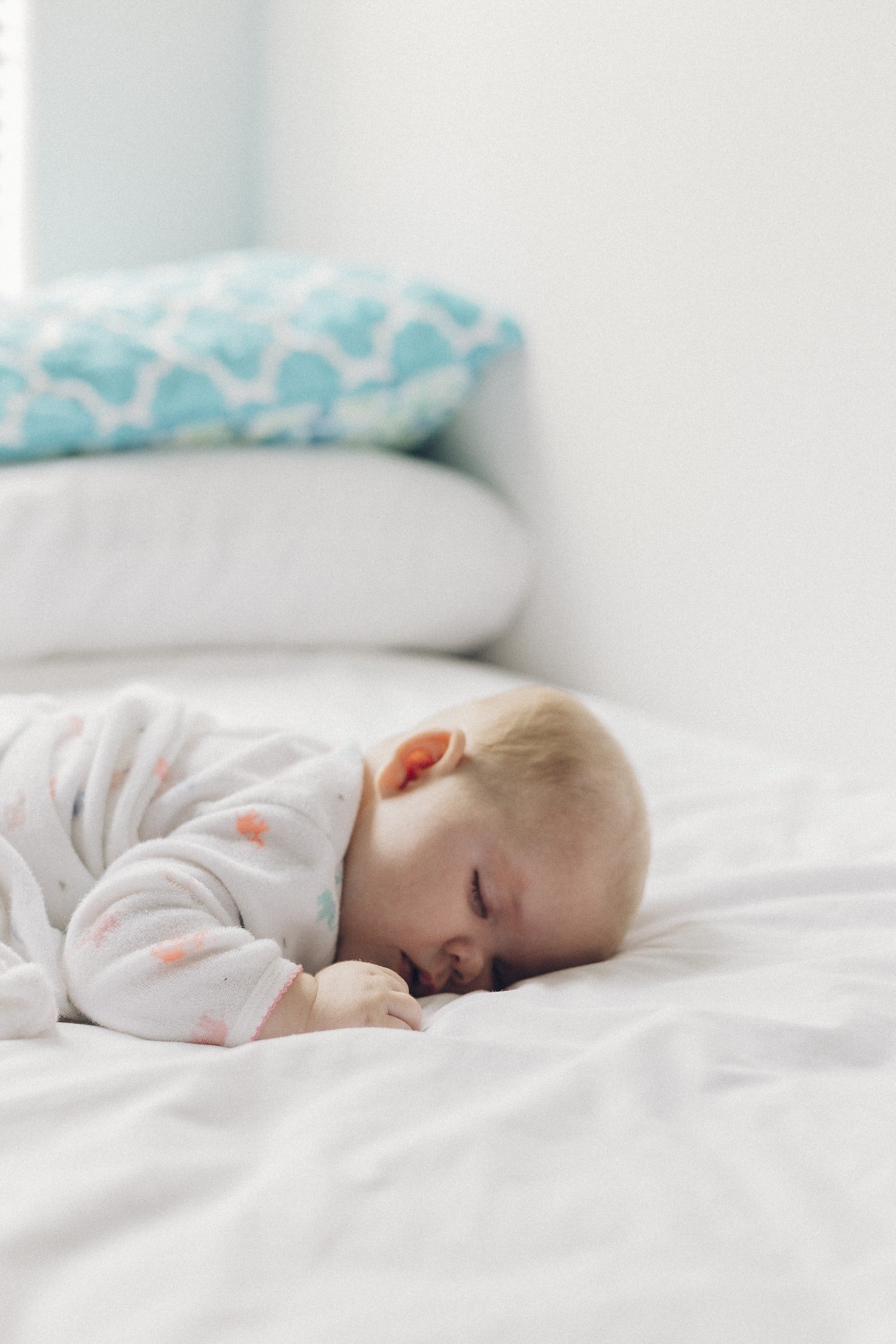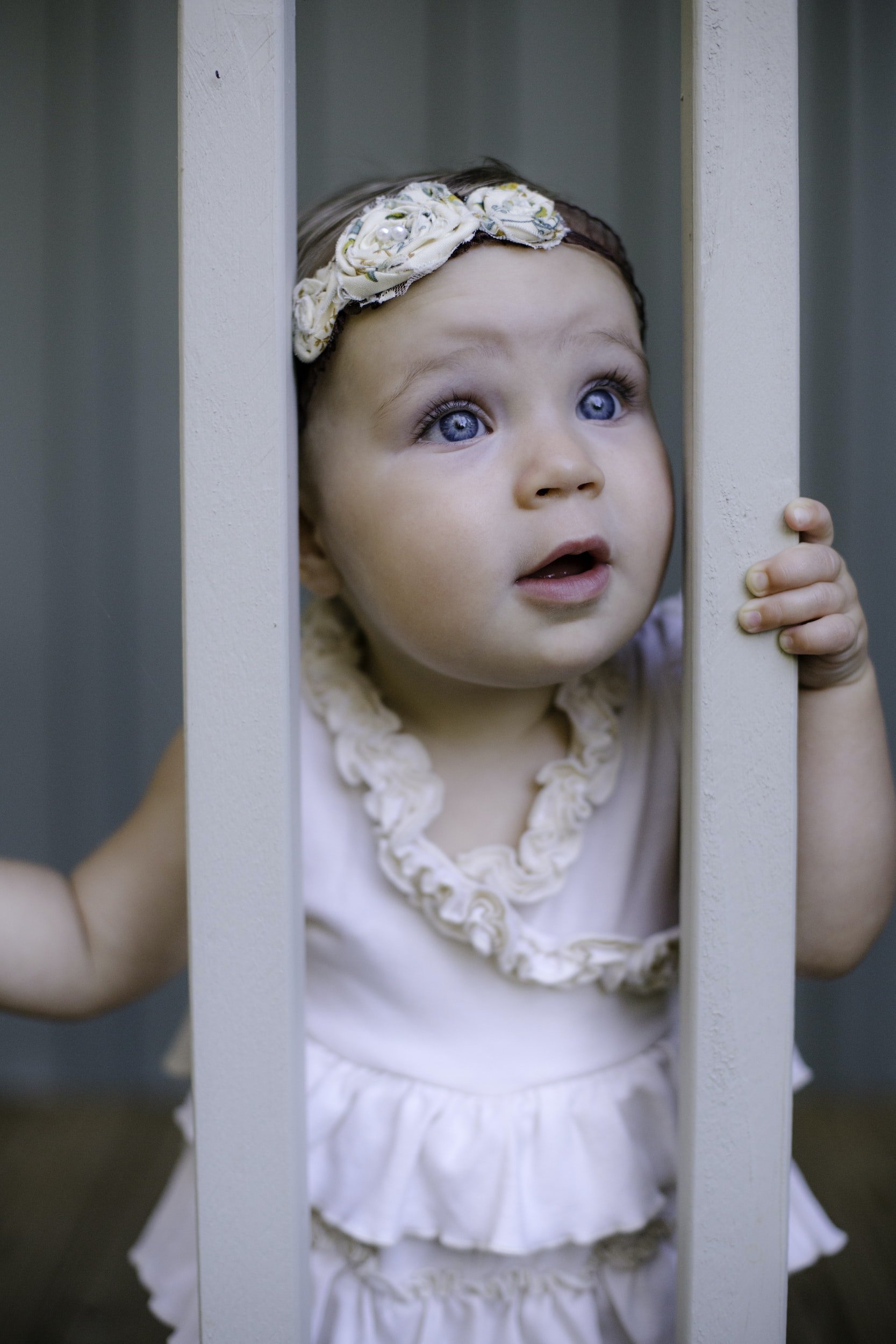How new motor skills effect sleep.
Babies usually learn to roll back to front first
You thought that you had nailed it !! Your baby has just mastered the art of sleeping through the night and…. BANG – it’s all gone sideways because they have developed a new motor skill.
The new ‘go to’ language is ‘sleep regression’ but really, they are not true regressions, but sleep progressions, we want our children to hit their milestones right?
Here is a list of motor development milestones, how they can effect sleep and what you can do to help get your infant back on track if the sleep is derailed.
A previous study noted that there was a relationship between an onset of night wakings and motor development milestones: babies were found to have a harder time settling down to sleep and would appear to start waking more frequently at night, 2-3 weeks before they took their first steps.
It also important to remember that babies wake up at night and like to practice their new found skills, as it is so much more exciting than going back to sleep. New motor skills tend to impact sleep at bedtime, in active sleep, 5am and part way through a nap. Infants are CONSISTENTLY developing, so it can seem that they are always in a new phase, and the reality of this, is that, they are. The amount of learning that takes place in the first 5 years is immense.
The first big development that effects sleep often takes place in the 4-6 month age group, its important that they are out of swaddle by this point and into a sleep sac if you choose to use one.
4 – 6 months - Rolling over from their back to their side but can't roll backOnce a baby starts to roll, the above scenario will have you up a couple of times in the night to help your baby roll back onto their back. If you have not witnessed them roll from their tummy to their back then they probably can't – so you will have to help out initially. However, once you have seen them do it – you should refrain from getting too involved otherwise they will be calling for you to come and do it for them all the time.
Once a baby has the ability to roll over the neck muscles are stronger and the chance of SIDS decreases, however, this does not mean that you will feel more relaxed, rolling over night can keep many parents on edge and watching the monitor or keeping one eye on their crib.
Try to offer lots of opportunity to practice this new skill in the day, make sure that they are wearing clothes that move easily with them.
During this period of learning how to roll, your baby is building even more strength for their next amazing step.
6 – 10 months - Sitting - Crawling & standing When your baby learns to stand they see the world differently
Sitting – Once a baby has grown into their head ( most of the weight is in the cranial mass) they are not so top heavy anymore and they finally have the ability to sit without toppling.
You may find that once they have mastered sitting, they can go from being on their back to rolling to all fours, to doing a fast push up and are seated up in 5 seconds flat -before you have even left the room.
For co-sleeping parents this can be especially challenging, they think its super fun to poke your eye and touch your nose, normally whilst practicing the odd vowel or delightful squeal at the same time. OUCH!
You should deal with this by laying them back down and saying a key work or shhh in a calm and collective manor, limit eye contact and don’t do anything that will get them excited into thinking it is morning time or time to play. They may sit back up a few other times but lay them back down again. The solution to continuous sitting up, is to continuously lay them back down.
Many little ones will sit up over night half asleep and you will see them doing the head bob in their crib, confused about their positioning. If your child knows how to fall to sleep this new skill, will only effect their sleeping consistency for a few weeks. Try to continue to manage their progression at the root cause, and only intervene to help them get out of the new position if they are stuck.
Crawling – This is the one that you were waiting for, your little sugar plum has starting to crawl and then……when it happens….. you realize that you had so much more control when they were sitting only. Honestly, the crawling phase seems to trigger a fascination with the Tupperware drawer.
Whether your baby is crawling on all fours, using their hands with bum in the air and their legs like they are walking, or sitting on their bum and scooting around in reverse, this is another little spanner in the sleep works for you!
Babies just love to practice this during the night when waking during their active sleep phase. You put them to bed in one spot and the next time you see them they are squashed up in the corner with a blanket intertwined around their limbs looking rather like a pretzel. It’s also common for them to get limbs hooked around the crib slats which they often can not get out of.
Crawling can also bring on a bout of separation anxiety - object permanence, as your little one starts to realize that they are not an attachment of you but their own separate being. This type of anxiety has a distinctive cry that is often described by parents as more of a scream or as hysterical. You may also find that your little one is more upset when you go and put on your coat and shoes, as they will associate this behaviour, with you leaving, and they learn about you leaving BEFORE they learn about you returning.
Standing up in the crib is the one that tends to be the most frustrating for parents especially when this happens half way through sleep training.
Just a few nights ago you could lay your baby down and they would drift off to sleep – now you lay them down and before your back is turned two little hands grasp onto the crib rails and the top a head peppered with wisps of fine hair is struggling to peek over the top of the crib rail.
This scenario always makes me chuckle event though. I really do think it is one of the cutest things to have you little one try to stretch themselves to just about see over the top of the crib.
If you have already left the room though and then they decide to stand it can leave the child with the feeling of being stranded - HELP– they cry to call you back – for you to be met by a gummy smile and wet cheeks.
For most little monkeys who have reach this stage – they can get up but are not so good at getting down and the most worrying part for the parent is the possibility that they could fall and bang their head if you have a wooden crib. if you have a pack n play this can be helpful as the sides are softer so there is less chance of an injury.
If this happens before sleep training – then hold off why you teach your baby how to lower themselves back down. This can be done by placing your hands on top of theirs on the crib slats and lowering them down and saying a key word as well.
If you are in the middle of sleep training you should stay close by and keep helping them down just be careful that you don’t turn it into a game – but practice teaching them during the day too so that they bank this is their memory.
If they are already sleep trained – you may have some regression – so you will be back to going in at night for a short while – stay in night time mode and don’t make to much of a fuss. Most sleep progressions tend to effect sleep for around 3 weeks.
The phase will pass and next on the list is walking!
11 – 13 months - Walking - Start proofing!! Walking – Another bump in the night for you, during these milestones there will be no stopping your little one as they want to explore every avenue possible. Yes they will wake up at night and practice scaling the crib – walking up and down. Be careful and refrain from having anything in the crib that is hard that could be a possible hazard, I have seen little ones use their stuffies and blankets as a stepping stool to leap out, many a time.
Offer lots of opportunities throughout the day for you little one to explore and use up their energy, at this age they barely stop for breath. in fact, once they learn to walk, its straight onto running which also means you have to make sure that the areas they have free play in, are fully safety proofed. Once they hit this stage, they rarely like to be confined to their strollers or strapped into car seats so expect to see some push back in those areas too.
Although your little one is full of energy that they are just waiting to burn off they still need an adequate amount of sleep, so don’t be fooled into thinking that naps are not important just because your newly walking infant is not showing signs of slowing down.
Has sleep come off track due to a new motor skill? Feel free to connect with Dawn if you wish to discuss how to get back on track - just fill out the form below and hit submit.



